|
Hundreds of wildflowers color Pipestone National Monument's landscape. The pink of the Prairie Rose, the purple of the Blazing Star, and the silvery appearance of Lead Plant make the Monument a breathtaking sight to behold. Wildflowers are an important food source for wildlife, but were (and still are) also used by American Indians for sustenance, religious rituals, and medicine. The following is a small sampling of the wildflowers at the Monument and how some American Indians have traditionally used them: 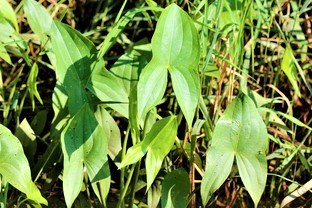
NPS/S. Hendriks This plant and various other forms of the sagittaria family were used as food by American Indians. The tuberous roots were (and still are) treated like potatoes. Not only was this plant used for food, it also possessed medicinal qualities. It aided in treating feverish babies, constipation, indigestion, rheumatism, and headaches. Small tubers were also applied to open sores or wounds. Many tribal nations across America and Canada used this plant. 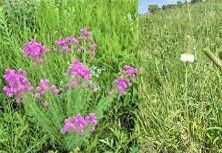
NPS/S. Hendriks Both of these plants were used to treat cardiovascular disease (leaves and blossoms), diarrhea (leaves and blossoms), measles (roots), and stomach aches. They were also used as a wash to treat open wounds (poultice made from steeped bruised leaves). The dried leaves could also be used as a kind of tea. 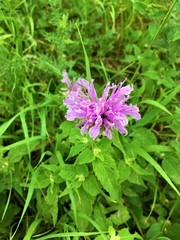
NPS/S. Hendriks Different parts of this plant helped alleviate many different ailments. Some uses included boiling leaves as a tea for abdominal or kidney pains, placing chewed leaves in the nostrils for headaches, and placing boiled leaves on pimples or other skin irritations. It was also used in sweat baths where the fumes helped relieve cold symptoms. 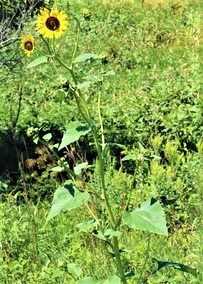
NPS/S. Hendriks Evidence suggests that sunflowers were being cultivated by American Indians possibly as early as 3,000 BC. The seeds were ground into flour for bread or were cracked open and eaten as a snack. A poultice from the root was sometimes used for snake bites. Oil was squeezed from the seeds to either be used in cooking bread or as a conditioner for hair and dry skin. The seeds could also be used as a dye - the Hopi used them to make the colors red, purple, and blue. 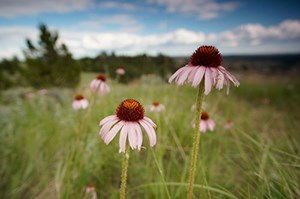
NPS/Theodore Roosevelt National Park, credit: Jeff Zylland This plant was and still is one of the most widely used medicinal plants of the Plains Indians. Many tribes utilized the healing properties of this plant as a pain killer. Some uses included the relief of a sore throat, toothache, gastro-intestinal problems, as an eyewash, and in cases of mumps or tonsillitis. Lewis and Clark sent a sample of this flower to President Thomas Jefferson from Fort Mandan in 1805. 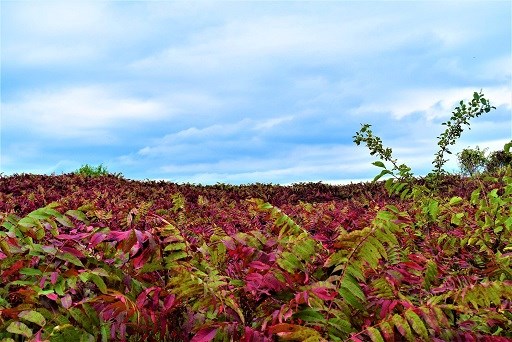
NPS/N.Barber A member of the cashew family (Anacardiaceae), smooth sumac is the only shrub or tree native to all 48 contiguous states.This bush is not the same as poison sumac, which grows mainly in swampy areas. The leaves of the smooth sumac turn a very dark red in the fall, and are used as part of a pipe mixture once they're dry. A lemonade-type drink was made from its fruit and pipe stems are occasionally made from its wood. What's the difference between smooth and staghorn sumac? What about poison sumac? 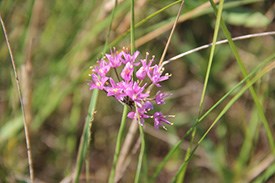
NPS/S. Hendriks This plant was used in a variety of ways. It was utilized as a stimulant, to clear up sinuses, treat colds, headaches, and vomiting, as a flatulence reliever, and for asthma control. It was also rubbed on the skin to prevent insect bites and stings. The bulbs could also be eaten as a food source. 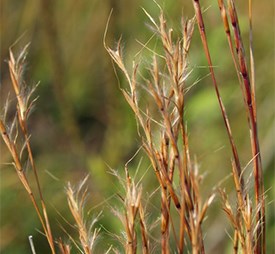
NPS/Wind Cave National Park This plant was used to aid in digestion and to treat open sores or wounds. It was also used by different tribes for coiled basketry and as insulation inside of moccasins to keep warm. This grass could be used to make an edible paste when mixed with other ingredients. |
Last updated: April 27, 2020
